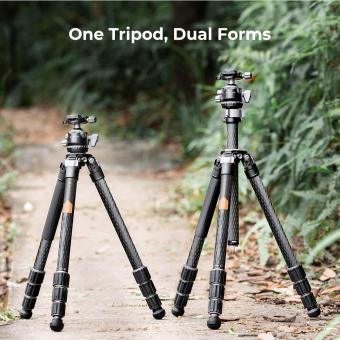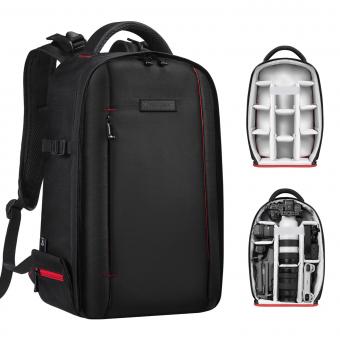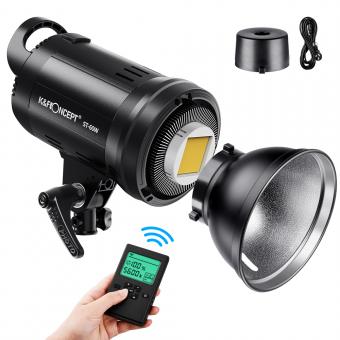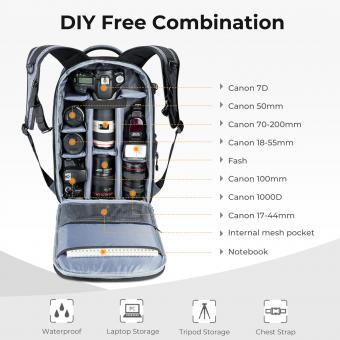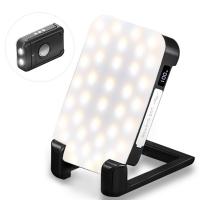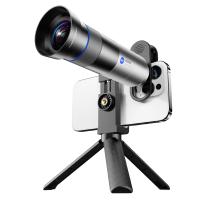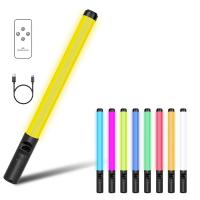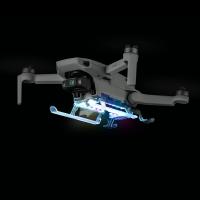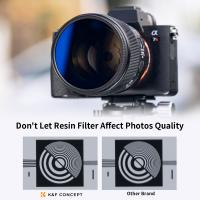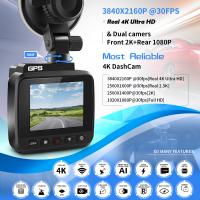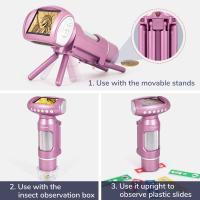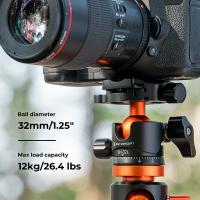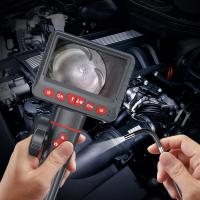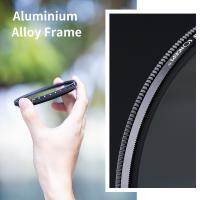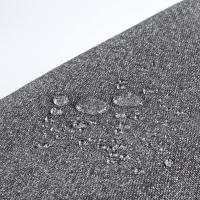How To Store Photography Equipment ?
Photography equipment should be stored in a cool, dry, and dust-free environment to ensure its longevity. It is recommended to use a dedicated storage case or bag specifically designed for camera gear. This will provide protection from physical damage and help organize the equipment. Additionally, it is advisable to store the equipment in a location away from direct sunlight to prevent any potential damage to lenses or sensors. It is also important to keep the equipment away from extreme temperatures and humidity, as these can negatively affect the performance and lifespan of the gear. Regular cleaning and maintenance of the equipment before storage is also recommended to keep it in optimal condition.
1、 Proper camera storage techniques to prevent damage and dust.
Proper camera storage techniques are essential to ensure the longevity and functionality of your photography equipment. Whether you are a professional photographer or an enthusiast, taking care of your gear is crucial to prevent damage and dust accumulation. Here are some tips on how to store photography equipment effectively:
1. Clean and organize: Before storing your camera and lenses, make sure to clean them thoroughly. Use a soft, lint-free cloth to wipe away any dust or smudges. Organize your equipment in a dedicated storage area, such as a camera bag or a camera case, to keep everything in one place and protect them from accidental damage.
2. Use silica gel packets: Moisture can be detrimental to camera equipment, leading to mold growth and corrosion. Place silica gel packets in your storage area to absorb any excess moisture and maintain a dry environment. Remember to replace the packets regularly to ensure their effectiveness.
3. Invest in camera-specific storage solutions: Camera bags and cases are designed to provide maximum protection for your gear. Look for options that offer padded compartments, adjustable dividers, and weather-resistant materials. These features will safeguard your equipment from impacts, scratches, and environmental elements.
4. Store in a cool and dry place: Extreme temperatures and humidity can damage your camera and lenses. Avoid storing them in areas prone to temperature fluctuations, such as attics or basements. Instead, choose a cool and dry location, away from direct sunlight and moisture sources.
5. Remove batteries and memory cards: Before storing your camera, remove the batteries and memory cards. This will prevent battery leakage and potential data loss. Store batteries separately in a cool and dry place.
6. Regularly inspect and maintain: Even when in storage, it is important to periodically inspect your equipment for any signs of damage or dust accumulation. Clean your gear as needed and perform routine maintenance to ensure optimal performance.
In addition to these traditional storage techniques, it is worth mentioning the latest point of view on camera storage. With the advancements in technology, some photographers are now opting for cloud storage solutions to back up their photos and videos. Cloud storage provides an additional layer of protection against physical damage or loss of equipment. However, it is important to note that cloud storage should not replace proper physical storage practices, as having a physical backup is still essential.
By following these proper camera storage techniques, you can prevent damage and dust accumulation, ensuring that your photography equipment remains in excellent condition for years to come.
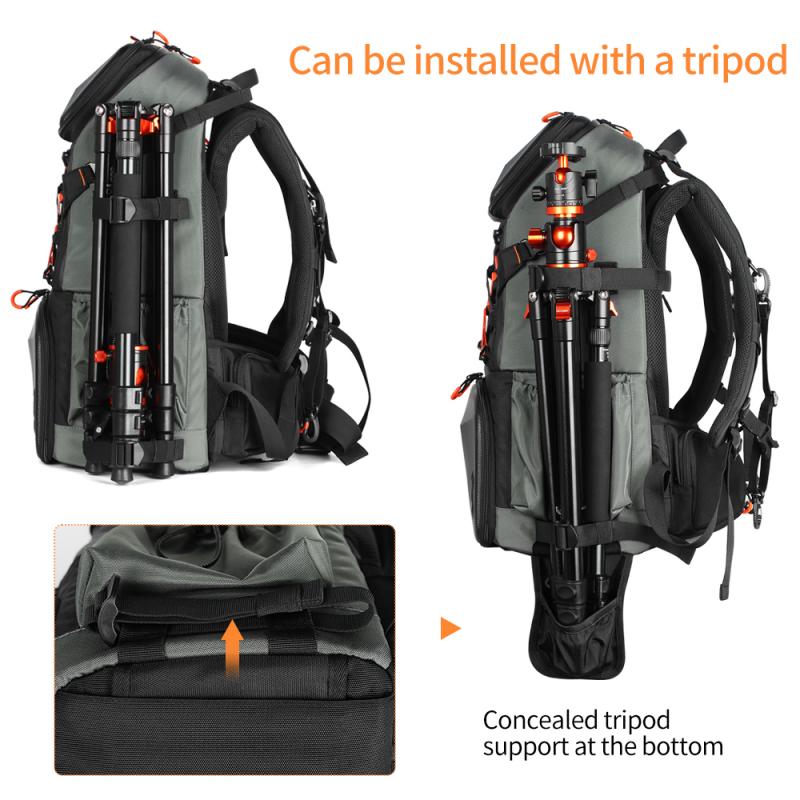
2、 Lens storage methods to maintain optimal performance and condition.
Lens storage methods to maintain optimal performance and condition
Proper storage of photography equipment, especially lenses, is crucial to ensure their optimal performance and longevity. Here are some effective lens storage methods to help maintain their condition:
1. Use lens caps and rear lens caps: Always use lens caps to protect the front and rear elements of your lenses from dust, scratches, and other potential damage. Rear lens caps are particularly important when lenses are not attached to the camera body.
2. Invest in lens cases or pouches: Lens cases or pouches provide an extra layer of protection during storage and transportation. Look for cases that are padded and have a snug fit to prevent any movement or impact.
3. Store lenses in a dry and dust-free environment: Moisture and dust can harm lens elements and affect image quality. Store lenses in a cool, dry place with low humidity. Avoid storing them in basements, attics, or areas prone to temperature fluctuations.
4. Use silica gel packets: Place silica gel packets in your lens cases or storage area to absorb any moisture and prevent condensation. This helps to protect the lens coatings and prevent fungal growth.
5. Store lenses upright: Storing lenses upright, with the front element facing upwards, can prevent any potential damage caused by the weight of the lens elements. This also helps to prevent dust from settling on the front element.
6. Avoid extreme temperatures: Extreme heat or cold can damage lens elements and affect their performance. Avoid storing lenses in places exposed to direct sunlight or extreme temperature fluctuations.
7. Regularly clean and inspect lenses: Before storing your lenses, ensure they are clean and free from any dirt or smudges. Use a soft brush or air blower to remove any dust particles. Regularly inspect lenses for any signs of damage or wear, such as scratches or loose parts.
By following these lens storage methods, you can help maintain the optimal performance and condition of your photography equipment. Always refer to the manufacturer's guidelines for specific storage recommendations for your lenses.
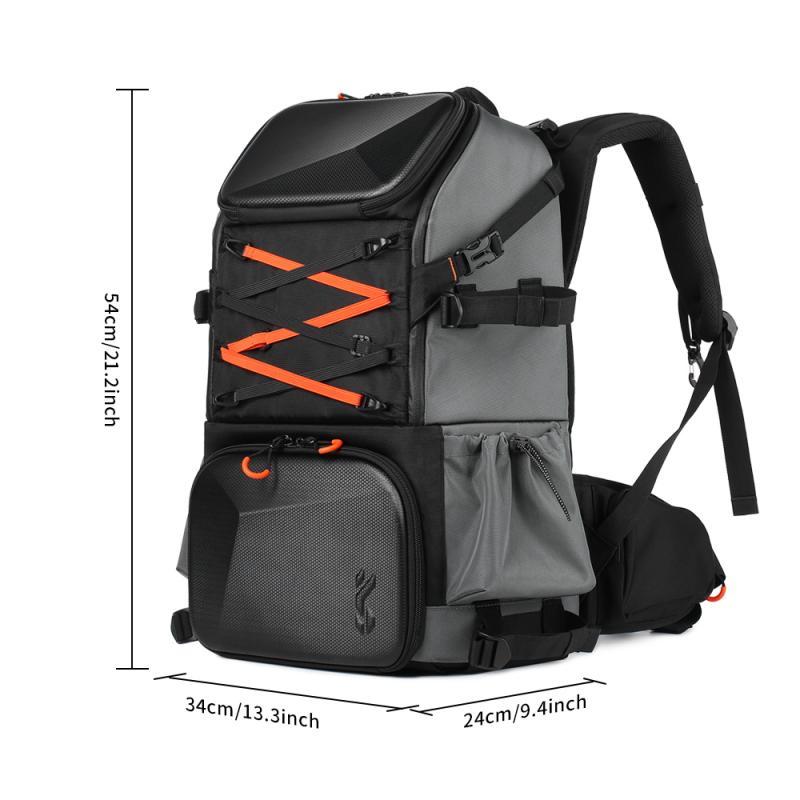
3、 Storing memory cards and data backup strategies for photographers.
Storing photography equipment properly is essential to ensure its longevity and protect it from damage. Here are some tips on how to store photography equipment:
1. Clean and organize: Before storing your equipment, make sure to clean it thoroughly to remove any dirt or dust. Organize your gear in a way that makes it easily accessible and prevents any potential damage.
2. Use protective cases: Invest in high-quality protective cases or bags specifically designed for photography equipment. These cases provide cushioning and protection against impact, moisture, and dust.
3. Store in a cool and dry place: Avoid storing your equipment in areas with extreme temperatures or high humidity. Opt for a cool and dry environment to prevent any damage caused by moisture or condensation.
4. Use silica gel packets: Place silica gel packets in your camera bag or storage cases to absorb any excess moisture and prevent mold or fungus growth.
5. Remove batteries: Before storing your equipment for an extended period, remove the batteries to prevent any leakage or corrosion.
Now, let's discuss storing memory cards and data backup strategies for photographers:
1. Use multiple memory cards: Instead of relying on a single memory card, use multiple cards to distribute your data. This way, if one card fails, you won't lose all your images.
2. Label and organize: Keep your memory cards organized by labeling them and storing them in protective cases. This will help you easily identify and access the cards when needed.
3. Backup your data: Regularly backup your images to a separate storage device, such as an external hard drive or cloud storage. This ensures that even if your memory card gets lost or corrupted, you still have a copy of your precious photos.
4. Test your backups: Periodically test your backups to ensure they are working properly and your data is intact. This will give you peace of mind knowing that your images are safely stored.
5. Consider redundancy: For added security, consider implementing a redundant backup system. This could involve using multiple external hard drives or a combination of physical and cloud storage.
In conclusion, proper storage of photography equipment and data backup strategies are crucial for photographers. By following these tips, you can protect your gear and ensure the safety of your valuable images.
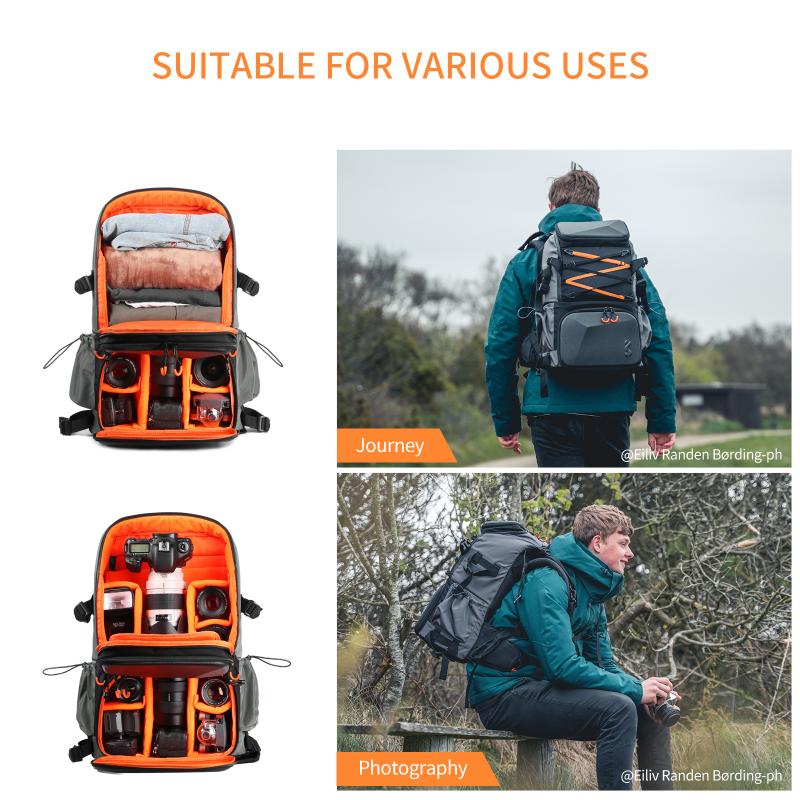
4、 Organizing and protecting camera accessories and small photography equipment.
Organizing and protecting camera accessories and small photography equipment is essential for any photographer. Proper storage not only ensures that your gear is easily accessible but also helps to prolong its lifespan. Here are some tips on how to store photography equipment effectively:
1. Invest in a dedicated camera bag or case: A good camera bag or case is designed to provide protection and organization for your gear. Look for one with padded compartments and dividers to keep your equipment secure and prevent any damage during transportation.
2. Use silica gel packets: Moisture can be detrimental to camera equipment, causing mold and corrosion. Place silica gel packets in your camera bag or storage containers to absorb any excess moisture and keep your gear dry.
3. Label and categorize: To easily locate your equipment, label your storage containers or compartments. Categorize your gear based on type or frequency of use, making it easier to find what you need quickly.
4. Utilize foam inserts or dividers: Foam inserts or dividers can be customized to fit your specific gear, providing extra protection and preventing any movement or damage during storage or transportation.
5. Store in a cool and dry place: Avoid storing your equipment in areas with extreme temperatures or high humidity. Opt for a cool and dry location to prevent any damage caused by heat or moisture.
6. Consider investing in a dehumidifier: If you live in a particularly humid environment, using a dehumidifier in your storage area can help maintain optimal conditions for your gear.
7. Regularly clean and maintain your equipment: Before storing your gear, make sure to clean it thoroughly to remove any dirt or dust. Regular maintenance, such as sensor cleaning and lens calibration, will help keep your equipment in top condition.
Remember, proper storage and organization of your photography equipment not only protects your gear but also saves you time and frustration when you need to find a specific item. By following these tips, you can ensure that your equipment remains in excellent condition for years to come.





